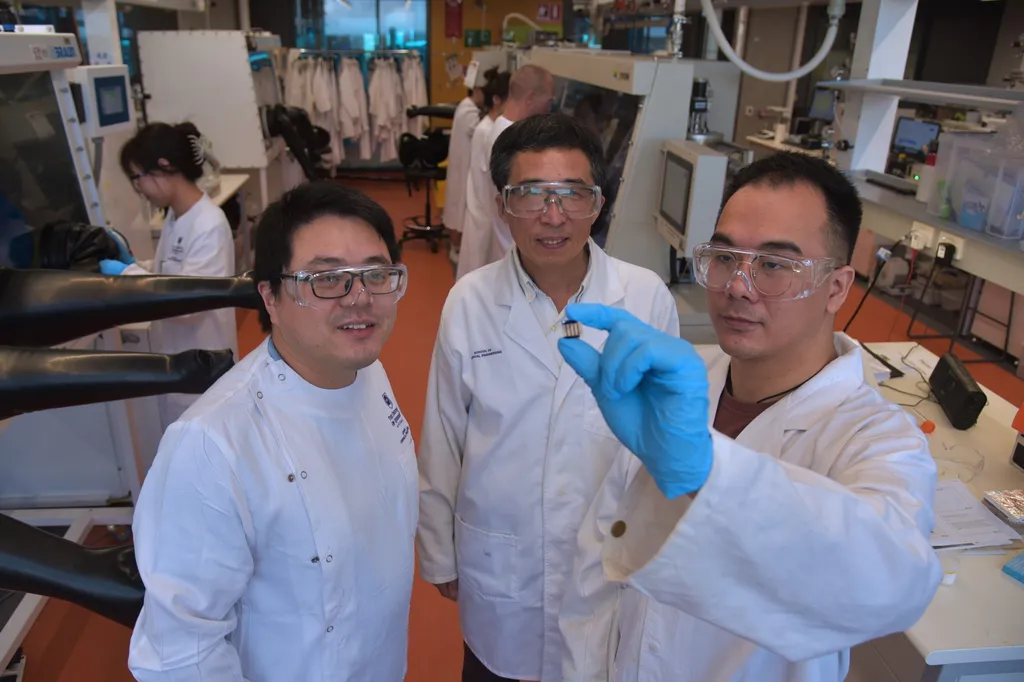In a significant stride towards sustainable energy solutions, researchers have demonstrated the potential of a lead-free, eco-friendly perovskite solar cell, offering a promising alternative to conventional, toxic solar technologies. Published in Nano Select (Nano Selection), a journal dedicated to cutting-edge nanotechnology research, this study could reshape the future of photovoltaics.
At the heart of this research is Rabeya Khan, a scientist from the Department of Electrical and Electronic Engineering at Jamalpur Science & Technology University in Bangladesh. Khan and her team have turned their attention to cesium germanium iodide (CsGeI₃) as a perovskite absorber, addressing critical issues of toxicity and stability that have plagued the solar industry.
“Germanium is a chemically stable and eco-friendly element with electronic properties similar to silicon and tin,” Khan explains. “It presents itself as a prospective candidate for lead-free perovskite solar cells.”
The team’s investigation, conducted using the SCAPS-1D simulation framework, evaluated various charge transport layers (CTLs) to optimize device performance. CTLs are crucial for reducing recombination losses, enhancing charge extraction, and improving overall efficiency. After extensive testing, the architecture Au/CuI/CsGeI₃/WS₂/ITO emerged as the top performer, achieving a remarkable power conversion efficiency (PCE) of 29.00%.
Khan highlights the significance of the CTL pairing: “WS₂ ETL exhibits better electron extraction, while CuI elevates hole mobility and reduces interfacial defects.”
The optimized device properties, including an absorber thickness of 800 nm, a defect density of 10¹⁴ cm⁻³, and specific CTL doping concentrations, contributed to the impressive results. Under AM 1.5G illumination, the device achieved an open-circuit voltage of 1.31 V and a fill factor of 84.7%, indicating reduced non-radiative losses.
The implications for the energy sector are substantial. As the world increasingly demands sustainable and non-toxic energy solutions, this research offers a viable path forward. The commercial potential is immense, with the possibility of integrating these eco-friendly solar cells into large-scale energy systems, powering homes, businesses, and industries without the environmental drawbacks of traditional solar technologies.
Khan’s work not only advances the scientific understanding of perovskite solar cells but also paves the way for future developments in the field. As the energy sector continues to evolve, the need for innovative, sustainable solutions becomes ever more critical. This research is a testament to the power of scientific inquiry and its potential to drive meaningful change.
In the quest for cleaner energy, Rabeya Khan and her team have made a significant contribution, offering a glimpse into a future where sustainable solar power is not just a possibility but a reality.

